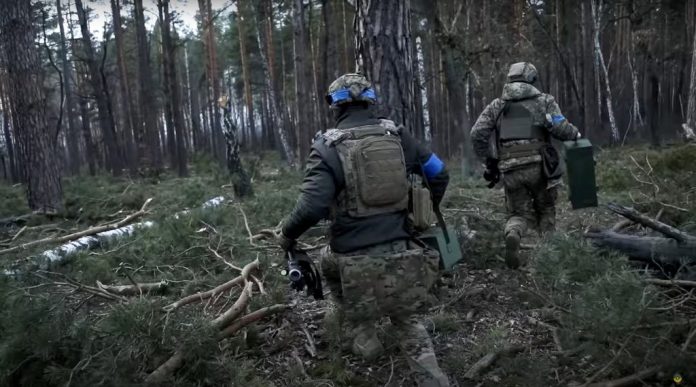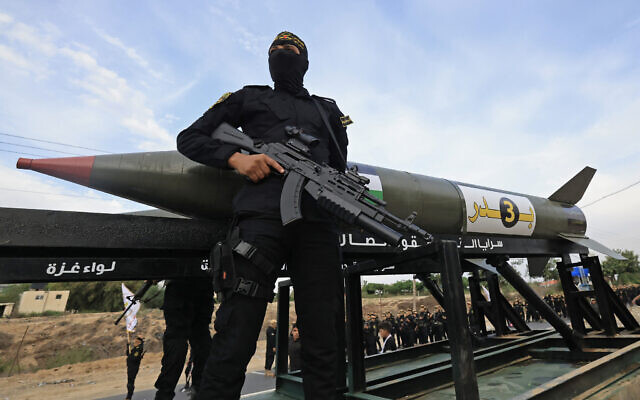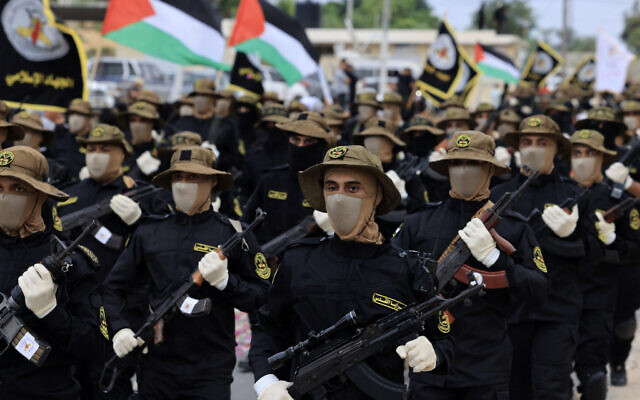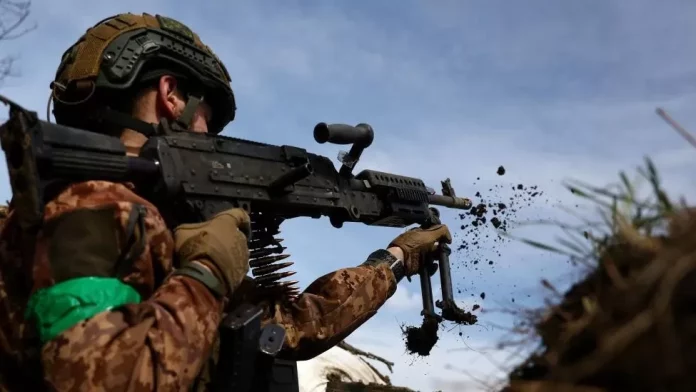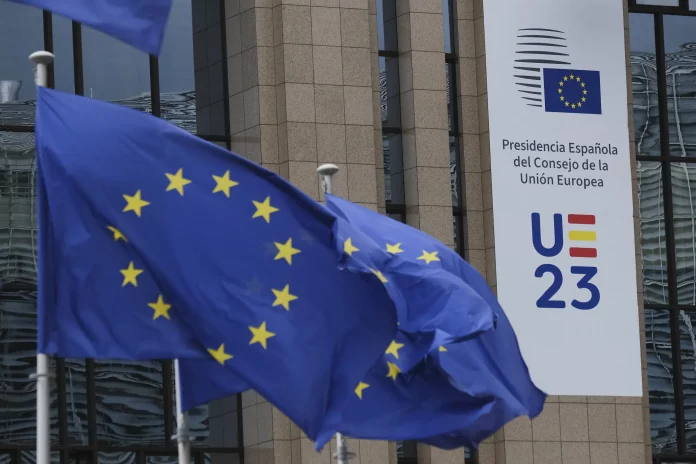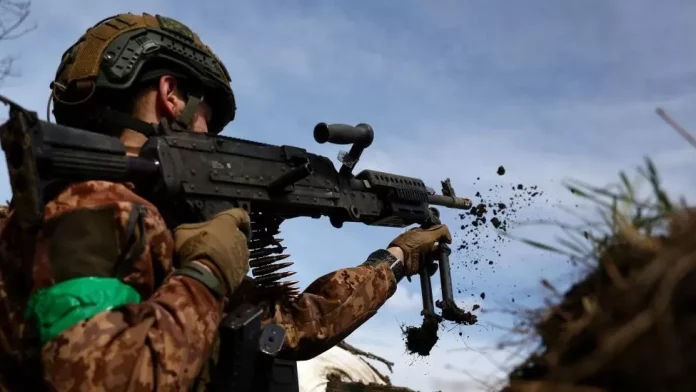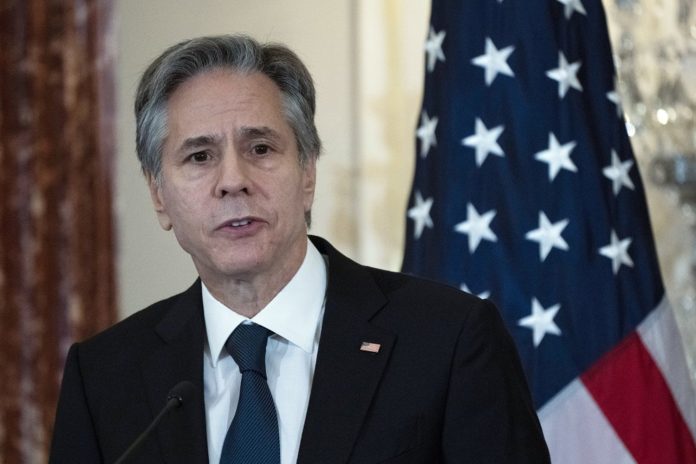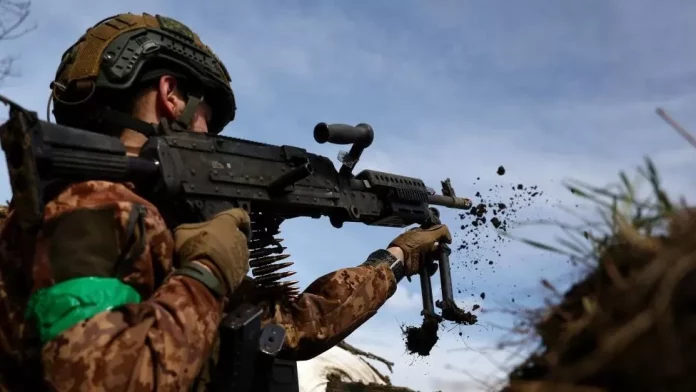In the annals of history, the indomitable spirit of individuals who have transcended the ordinary to partake in extraordinary adventures has always held a special place. Among these remarkable narratives, the true-life heartwarmer of Bernard Jordan, a valiant 89-year-old Second World War Royal Navy veteran, stands as a testament to resilience, courage, and unwavering determination.
The Heroic Journey of Bernard Jordan
In the year 2014, Bernard Jordan embarked on a secret mission that would etch his name into the annals of history. Residing in a seaside care home alongside his beloved wife, Irene, Bernard found himself facing a pivotal moment. The occasion was nothing less than the 70th anniversary celebrations of the D-day landings in Normandy, a historic event that had profoundly shaped the course of history.
However, what sets this story apart is the fact that Bernard’s name was not on the official roster for the group excursion. Undeterred, this tenacious war veteran, fondly dubbed “the great escaper” by the press, resolved to make his own way to the event. It’s worth noting that his care home did not prevent him from attending, though the media playfully portrayed them as strict “elf ‘n’ safety camp commandants.”
The Charismatic Portrayal of Michael Caine as Bernard Jordan
In the role of Bernard Jordan, the legendary Michael Caine delivered a performance that exuded both charm and pathos. Caine’s portrayal of the spirited nonagenarian, shuffling along the seafront and grumbling at the impudent cyclists, adds a touch of humor and humanity to the character. His interactions with the world around him, where he famously referred to the cyclists as “tossers” and deflated their tires, offer moments of levity that punctuate the narrative.
Glenda Jackson’s Captivating Rendition of Irene (Rene)
Yet, it is Glenda Jackson’s portrayal of Irene (or Rene) that truly shines. Irene is portrayed as sarky and sardonic, her acerbic wit a mask concealing her involvement in Bernard’s audacious plan. Jackson’s performance is nothing short of captivating, as she masterfully navigates the complex role of a wife who must cover up her husband’s escapade. Her interactions with her nurse, Adele, played excellently by Danielle Vitalis, provide moments of genuine laughter that contrast with Caine’s character.
A Touching Connection on the Ferry
Amidst the backdrop of this extraordinary journey, the film imagines a poignant rapport between Bernard and an elderly ex-RAF officer, portrayed with sensitivity by John Standing. As they both make their way to Normandy, the ex-RAF officer is haunted by a secret guilt, adding depth and complexity to the narrative. This interplay between characters adds an emotional layer that resonates with audiences.
A Nostalgic Look Back and a Flaw to Ponder
While the film excels in capturing the essence of these iconic characters, it occasionally meanders into officially sanctioned sentimentality. This is particularly evident in the flashback scenes depicting the younger Rene and Bernard. It is worth noting that the film’s gravitation towards sentimentality mirrors the BBC news coverage of the D-day celebrations.
The Ineffable Class of Caine and Jackson
In conclusion, “The Great Escaper” is a cinematic gem that offers viewers a remarkable last hurrah for Glenda Jackson. The dynamic duo of Michael Caine and Glenda Jackson brings a level of ineffable class and gravitas to the film that is truly awe-inspiring. Their performances transcend the screen, immersing the audience in a world where courage, humor, and resilience prevail.
As we delve into the extraordinary life of Bernard Jordan, portrayed with nuance and depth by Caine, and Irene, brought to life in Jackson’s mesmerizing performance, we are reminded that age is no barrier to adventure, and the indomitable human spirit can overcome any obstacle in its path.
“The Great Escaper” is not just a cinematic journey; it is a testament to the enduring power of the human spirit, an ode to the heroes among us, and a reminder that the ordinary can, at any moment, become truly extraordinary. It’s a story that deserves to be celebrated and cherished for generations to come.



